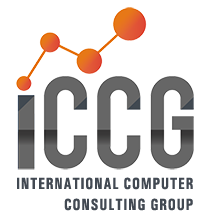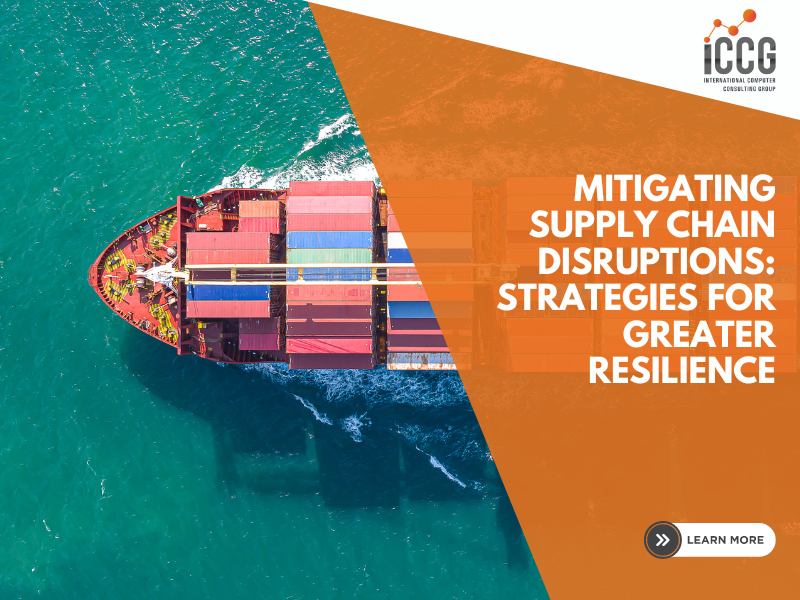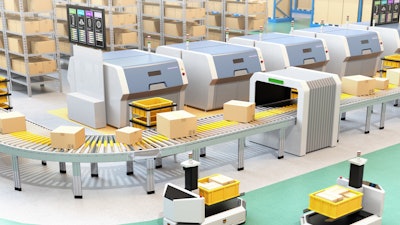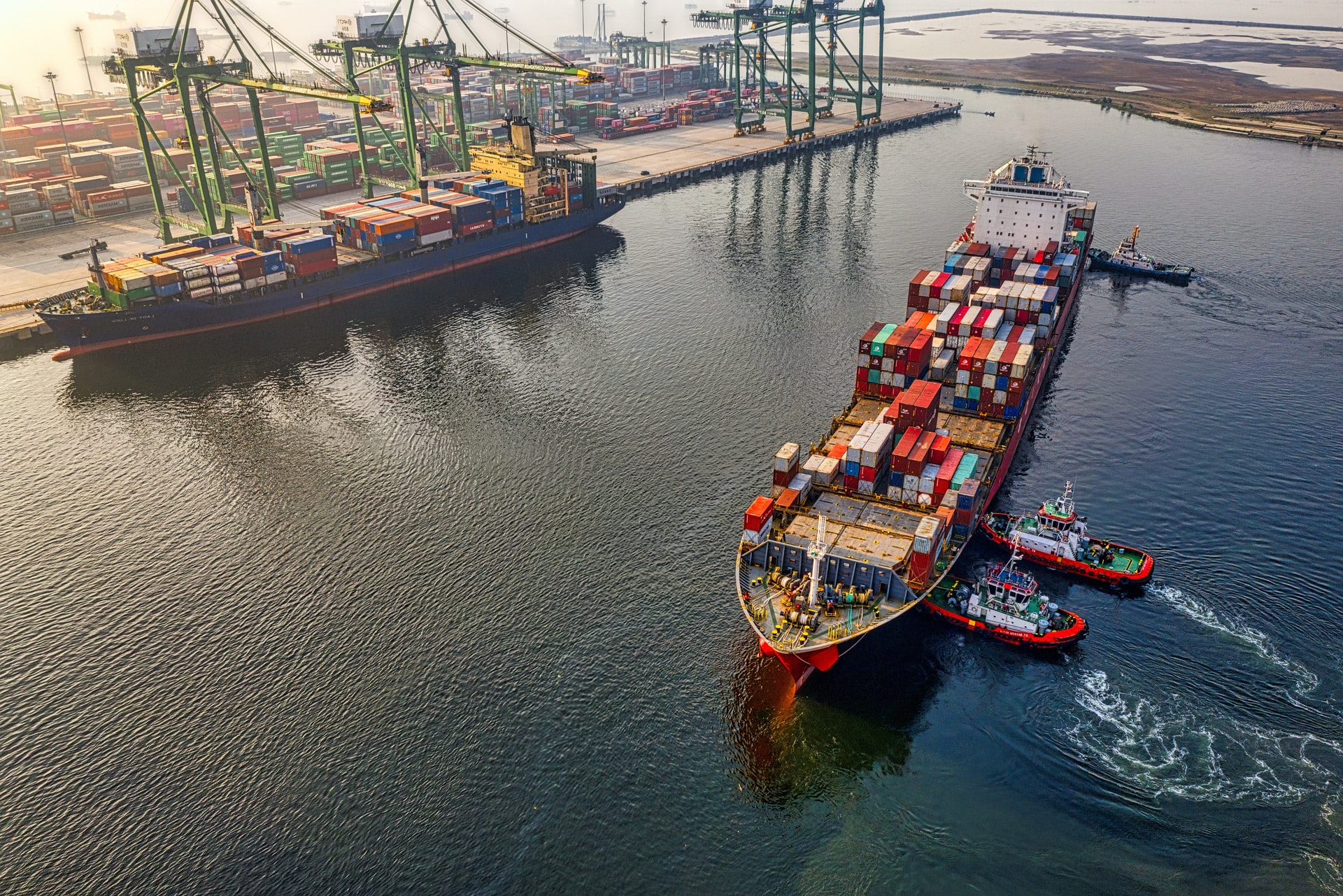Why Optimizing Supply Chain Logistics is Crucial
Efficient supply chain logistics are a key component of any successful business. When supply chain operations are streamlined, businesses can:
- Reduce Costs: By optimizing routes, consolidating shipments, and improving inventory management, companies can significantly reduce transportation and warehousing costs.
- Improve Customer Satisfaction: Faster delivery times and fewer stockouts lead to a better customer experience, encouraging repeat business and boosting customer loyalty.
- Enhance Visibility: Real-time tracking of inventory levels and shipments ensures businesses can respond quickly to changes in demand or supply disruptions.
- Increase Efficiency: Automation of routine tasks, such as order processing and inventory tracking, frees up valuable time for employees to focus on more strategic activities.
With so much riding on effective logistics management, having the right ERP system is not just a nice-to-have, it’s a must.
Read More
Topics: Supply Chain, Supply Chain Visibility, Supply Chain Operations, Supply Chain Management, Acumatica, Acumatica Partner, partnership, blog
Recently, Will Quinn, Global Director of Strategy, WMS, for our partner Infor, wrote this blog dedicated to strengthening supply chain resilience and mitigating disruptions. As manufacturing, distribution, and logistics leaders, you know the critical importance of a well-managed supply chain for organizational success, so we have decided to share this with you. However, disruptions—unexpected events that disrupt the flow of goods and services—are inevitable and can have significant impacts, such as shipping delays, increased costs, and revenue loss, ultimately affecting your bottom line and customer satisfaction.
The blog aims to provide comprehensive insights into supply chain risk mitigation strategies and explores critical approaches, including nearshoring, redundancy creation, investment in visibility software, and effective inventory management. It aims to guide you in navigating disruptions and establishing a resilient, disruption-proof supply chain.
Read More
Topics: Supply Chain, WMS, Supply Chain Management, Infor Partner, Infor WMS
In this article, Infor's Jerry Beaston discusses how 2024 warehouse management trends include the expansion of more strategically located, state-of-the-art warehouses driven by the e-commerce boom.
It also highlights key trends in the global warehouse management market. As of 2022, the market is valued at $3.4 billion and is expected to grow at a CAGR of 19% from 2023 to 2030. The e-commerce boom has driven demand for advanced warehouses to meet evolving customer expectations. Key trends for 2024 include the expansion of warehouses, addressing labor shortages through automation, increased adoption of AI and machine learning, integrating immersive tech for employee efficiency, the impact of IoT on real-time data analysis, and the rise of cloud computing in warehouse management software. Companies that embrace these innovations will gain a competitive advantage in 2024.
Read More
Topics: ERP, Supply Chain, Warehouse Management Systems, Infor M3 ERP, Enterprise Software, WMS, Supply Chain Management, Infor Partner
Since 1988, ICCG has provided innovative information technology solutions, always with an eye on the changing market and technological horizon. ICCG’s top-notch professionals offer complete application and IT infrastructure services and support to meet key business needs. Our long-time global customers continue to rely on us to satisfy their diverse and growing business needs. New customers are choosing ICCG for a variety of reasons. Chief among them are:
A Customer First Approach.
Precious. Unique. Valuable. In today’s ever-changing marketplace, there are two kinds of customers: Precious or Previous. At ICCG, we prefer the former. And that’s how we treat them. Our customers are precious as well as unique and valuable.
In 30+ years of business, we’ve worked with more than 100 customers worldwide – committed to their success. Dedicated to a long-term relationship. That’s our promise and commitment.
Read More
Topics: ERP, Distribution, Supply Chain, Supply Chain Visibility, Supply Chain Network, Cloud BI, Enterprise Asset Management, Enterprise Software, Supply Chain Operations, Supply Chain Management, Infor CloudSuite M3, Infor CloudSuite ERP
As organizations begin to face post-COVID economic recovery, they’re finding that the new normal requires a new breed of software. Outdated solutions with layers of modifications and patched applications have become tangled webs, trapping organizations in decades-old processes.
Yet organizations know they need to update their solutions to stay relevant. During the global pandemic, we learned some difficult lessons about supply chain vulnerability that no one wants to repeat. We also learned that remote workers can still be productive if they have the proper tools in place. Now, more than ever, organizations are reexamining how work gets done and how processes can be streamlined. Automation is often the answer, and cloud computing offers the ideal platform under which this transformation can take place and even thrive.
Read More
Topics: ERP, Distribution, Supply Chain, Supply Chain Visibility, Supply Chain Network, Cloud BI, Enterprise Asset Management, Enterprise Software, Supply Chain Operations, Supply Chain Management, Infor CloudSuite M3, Infor CloudSuite ERP
While sound supply chain management principles can apply to practically every organization, each supply chain is as unique as the businesses it supports. Every supply chain must include its unique blend of elements, such as product mix, go-to-market objectives, and supplier management strategy that best fits its markets.
Read More
Topics: ERP, Distribution, Supply Chain, Supply Chain Visibility, Supply Chain Network, Cloud BI, Enterprise Asset Management, Enterprise Software, Supply Chain Operations, Supply Chain Management, Infor CloudSuite M3, Infor CloudSuite ERP
Industry analysts sometimes squabble over the pros and cons of single-tenant versus multi-tenant deployment. While single-tenant deployment may have been a viable solution for some organizations recently, multi-tenant deployment offers numerous benefits for organizations looking to modernize their operations. As a true cloud-based platform, multi-tenant deployment can provide vast storage, speedy implementation, and advanced security capabilities.Multi-tenant vs single-tenant cloud deployment
Read More
Topics: ERP, Distribution, Supply Chain, Supply Chain Visibility, Supply Chain Network, Cloud BI, Enterprise Asset Management, Enterprise Software, Supply Chain Operations, Supply Chain Management, Infor CloudSuite M3, Infor CloudSuite ERP
Whilst ERP (Enterprise Resource Planning) is the business management tool used across the organisation, a manufacturing execution system (MES) software is exclusively designed to be used in the factory environment to orchestrate, trace, record, and monitor the entire manufacturing process, from raw materials to semi-finished and finished goods.
Positioned as an intermediary layer between Enterprise Resource Planning (ERP) and process control systems, an MES empowers decision-makers with crucial data, enabling them to enhance plant floor efficiency and optimize production.
Read More
Topics: ERP, Distribution, Supply Chain, Supply Chain Visibility, Supply Chain Network, Cloud BI, Enterprise Asset Management, Enterprise Software, Supply Chain Operations, Supply Chain Management, Infor CloudSuite M3, Infor CloudSuite ERP
The food and beverage industry is undergoing fundamental changes in how consumers buy and what they want to know about the products. At the same time, the industry faces an increased focus on healthy eating by consumers, companies, and governments. Adding to this is a rapidly changing competitive environment with a proliferation of new channels, producers, and products that compete with established brands and outlets.
If these challenges weren’t already enough, today’s companies are also facing unprecedented changes that stress innovation, business model evolution, and supply chain agility. Having the right products with the right content and characteristics, and the right information clearly displayed is necessary. But even all that isn’t enough to guarantee success. The products must also be positioned in the right places at the right time for customers to be able to buy—and that’s the job of the supply chain.
To keep up with all of this, an effective food and beverage supply chain must be fully in sync with the consumer through technology-enabled sensing to satisfy multiple channels with seamless visibility and fulfillment.
Read More
Topics: ERP, Food & Beverage, Supply Chain, Food Technology, CloudSuite Food & Beverage, Infor M3 ERP, Enterprise Software, WMS, Supply Chain Management
Managing global freight and ocean container movement now requires more dedicated insight as companies have expanded internationally. And no event outside of COVID-19 has exposed just how extensive, yet fragile, logistics networks and capacity flows have become over the last several decades.
To adapt, some manufacturers have adopted progressive supply chain approaches that move from "lean models to more flexible ones like "sense and respond." But not all businesses have successfully met the challenges.
Globalization forces supply chains to consider all events, from regional holidays and ocean weather patterns to geo-political turmoil and currency fluctuations. Moreover, 2020 introduced yet another element: navigating a global pandemic.
Read More
Topics: ERP, Distribution, Supply Chain, Supply Chain Visibility, Supply Chain Network, Cloud BI, Enterprise Asset Management, Enterprise Software, Supply Chain Operations, Supply Chain Management, Infor CloudSuite M3, Infor CloudSuite ERP




%20(3).png)

%20(1).png)
%20(2).png)


